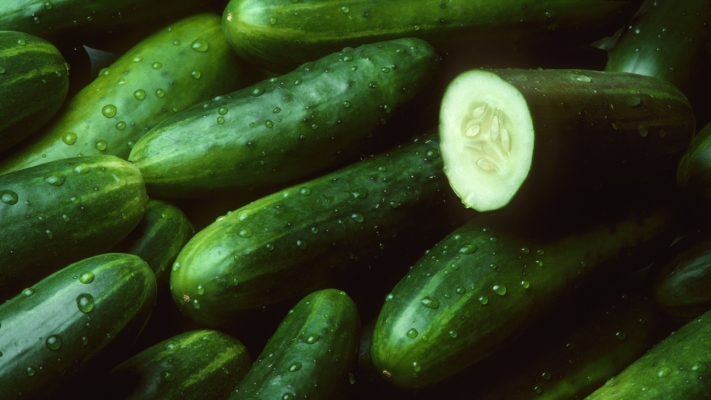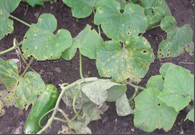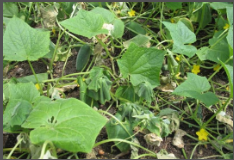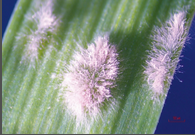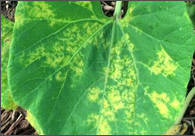Japanese Long Green: It is an early variety. It has light weight fruits which are light green in color. The plant attains the height of 25-30cm. It has light green in color which is crispy in nature. It gives an average yield of 16qtl/acre.
Other state varieties:
Cucumber-75: Light color fruits, 11-15cm long, first harvesting is done after 75 days and gives an average yield of 62.5-80qtl/acre. It is suitable for growing in intermediate areas.
Cucumber-90: Very large fruits, 15-20cm long, first harvesting is done after 90 days and gives an average yield of 62.5-80qtl/acre. It is suitable for growing in intermediate areas.
Poinsett: Deep green color fruits, 15-20cm long, first harvesting is done after 60 days and gives an average yield of 50-52qtl/acre. It is suitable for growing in low and intermediate areas.
KH-1: F-1 hybrid variety. Soft fruits, 12-14cm long and light green in color. It is an early maturing variety which matures in 65 days and gives an average yield of 145-166qtl/acre.
Cucumber Hybrid-2: New hybrid variety. Suitable for cool areas, 5m long plant height, green fruits, 20-30cm long and gets ready in 40 days. It gives an average yield of 230-250qtl/acre.
Punjab Naveen: The variety is developed in 2008.This variety of plant has dark green color leaves; fruits are uniformly cylindrical in shape and are light green in color with smooth surface. The fruits are crispy, bitter free and contain soft seed. It contains high amount of Vitamin C content and contains high quality of dry matter. The variety gets mature within 68 days. The fruit has excellent taste, attractive color and appearance, good in size and texture. It gives an average yield of 70 qtl/acre.
Pusa Uday: The variety is developed by Indian Agricultural Research Institute (IARI). The fruits of this variety are light green in color, medium sized and are 15cm in length. Use 1.45 kg of seed in per acre of land. The variety gets mature within 50-55 days. It gives an average yield of 65 qtl/acre.
Pusa Barkha: The variety is developed for Kharif season. It is highly tolerant to humidity, temperature and downy mildew disease. It gives an average yield of 78 qtl/acre.

